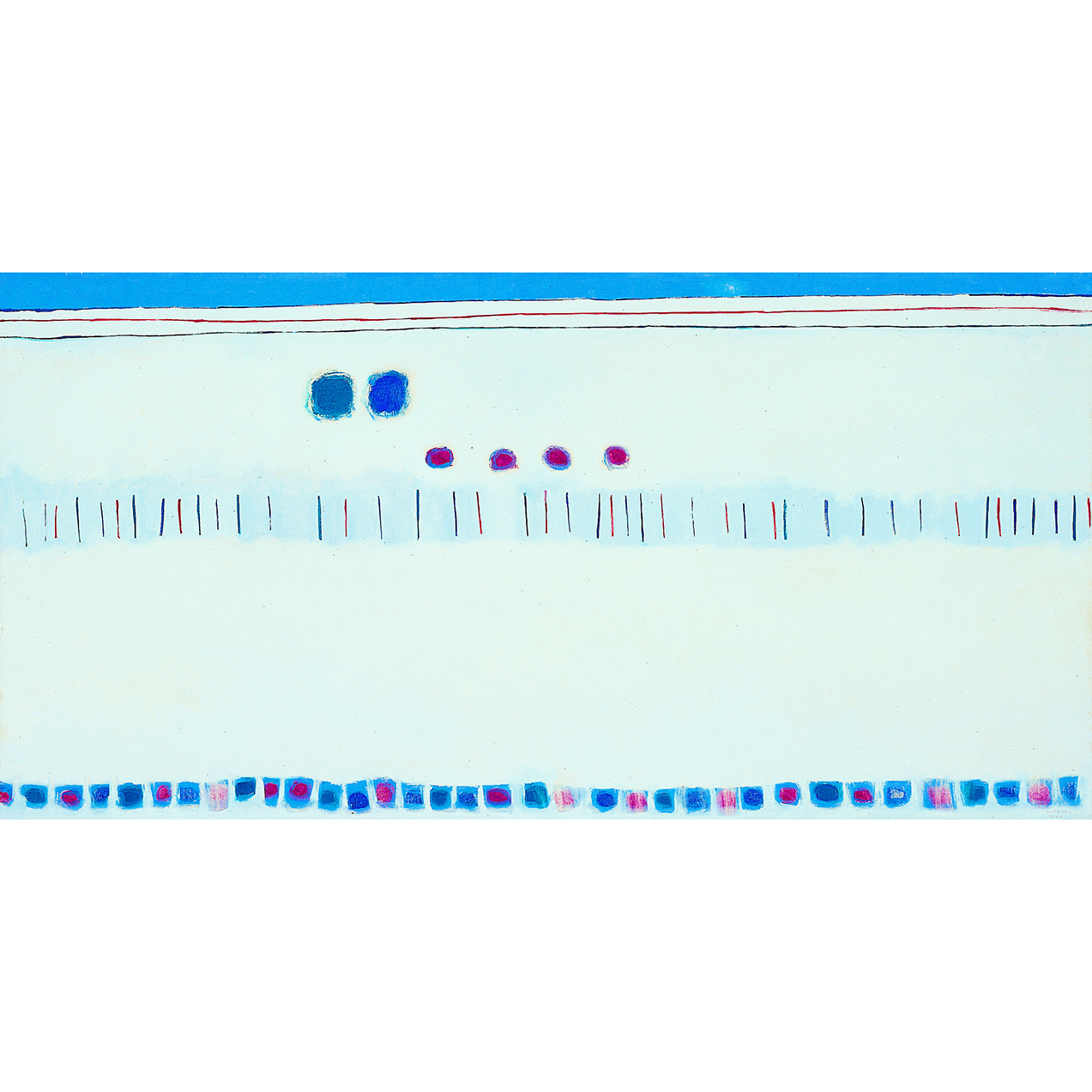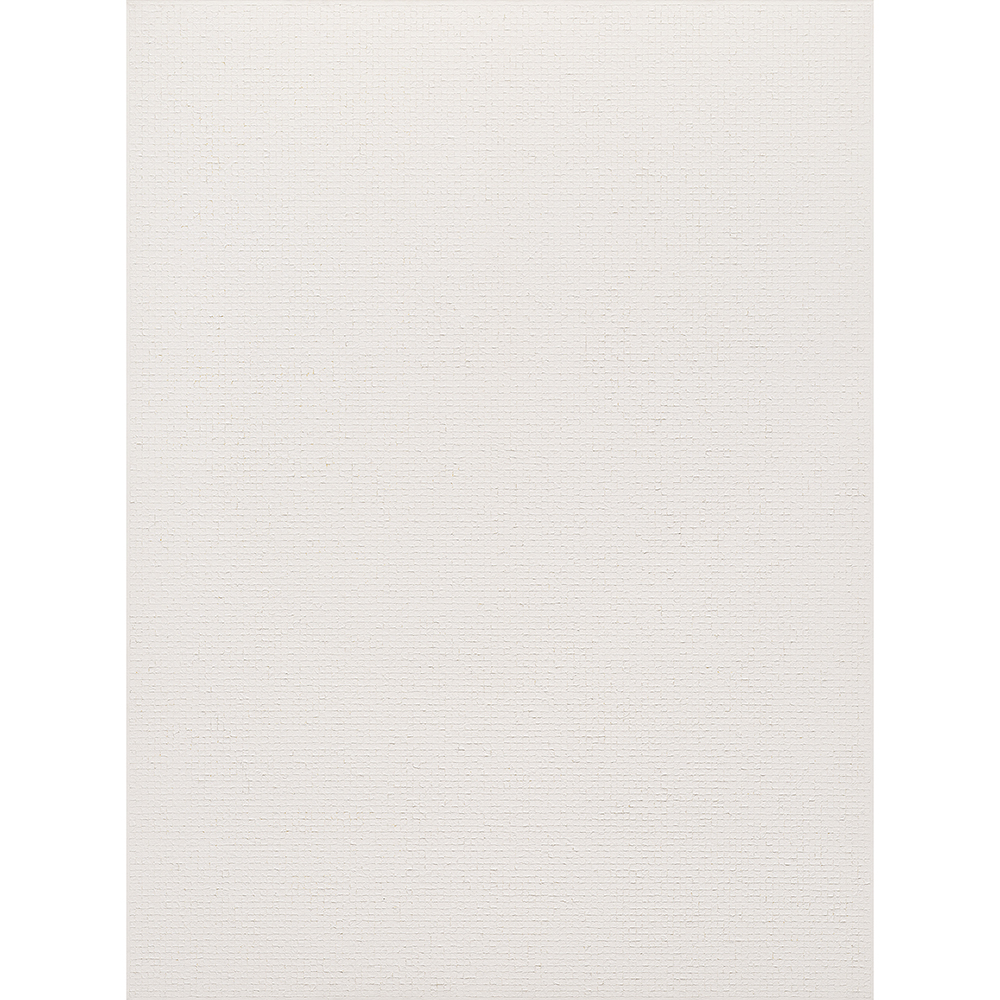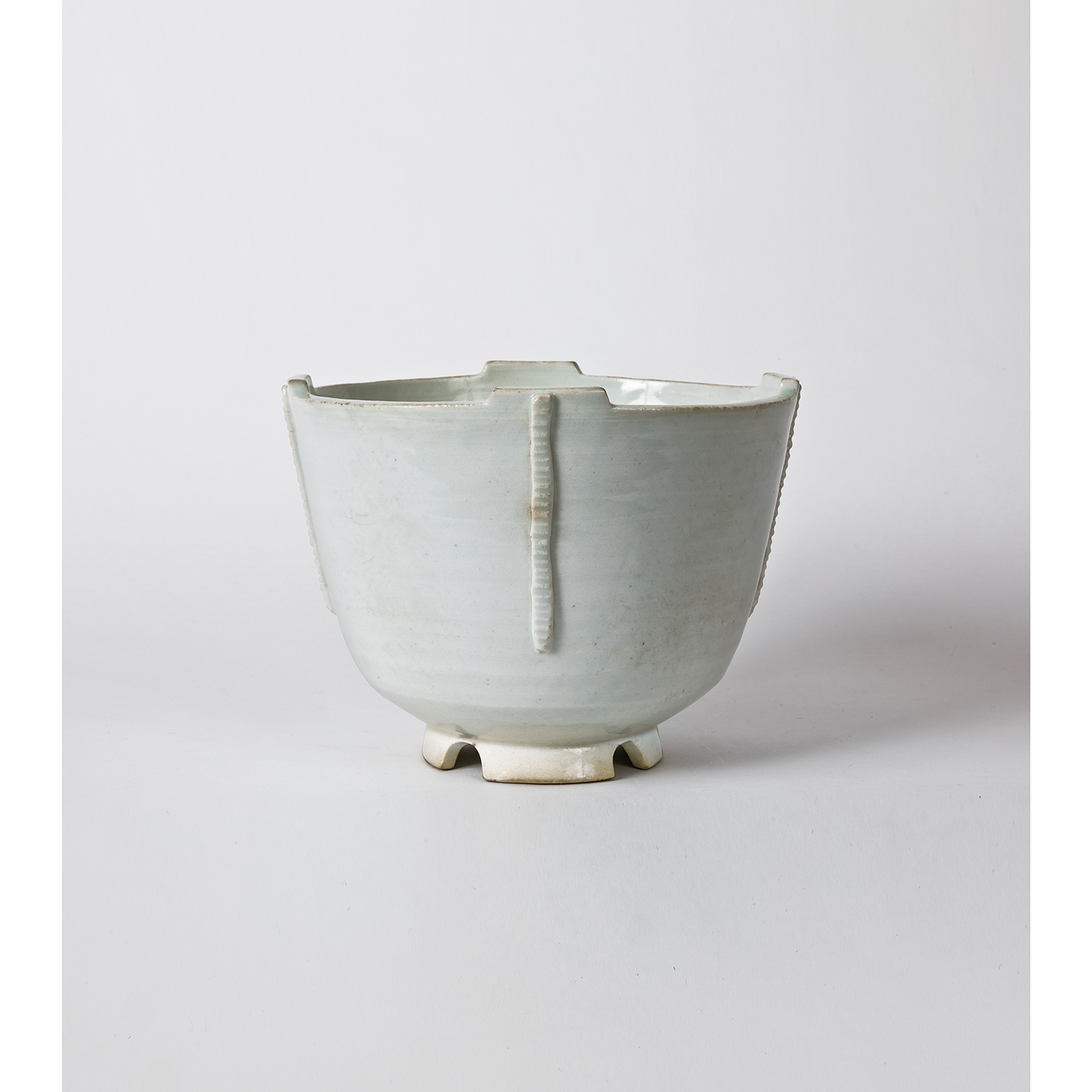Exhibitions

 Current
Upcoming
Past
Current
Upcoming
Past
현대화랑은 《조선백자 祭器의 美와 현대미술과 만남》을 개최한다. 10년 전부터 현대화랑은 우리의 옛 문화를 전시로 기획하여 국내외에서 큰 호응을 받아왔다. 이번 전시는 그 연장선으로 조선 백자제기를 하나의 유물적 관점 보다는 뛰어난 조형미를 지닌 미술품으로 재해석하고, 현대 추상 작가의 작품과 한 공간에 선보여 조선 백자제기의 조형미와 현대미술이 갖는 특성을 대비시켜 시대를 초월한 조형미에 관한 담론을 나누고자 한다.
제기는 태생적으로 엄정한 분위기를 지니고 있다. 공경하며 받드는 마음으로 영혼과 만나는 의식에 놓이는 것이기에 최상의 또 다른 미학을 갖고 있는 것이다. 특히 조선시대 제기는 검소함을 미덕으로 삼은 선비사상을 반영하여 일체의 장식을 배제하고 오로지 백색과 기하학적 직선으로만 이루어져 있다. 그 절제된 형태미란 거의 순수조형에 가깝다.
김환기, 정상화, 유희영의 추상 작품에도 극도로 절제된 조형추구가 확인된다. 점이라도 같은 점이 아니고, 백색이라고 다 같은 백색이 아니며, 검은 색 속에 미묘한 변화가 들어 있는 것이다. 즉, 이 세 작가의 공통점은 수 없이 반복되어 빚은 손작업 이라는 것이며 그 단조롭고 수고스러운 반복을 축적하는 과정을 통해 절제의 미학이라는 순수조형 목표에 도달한 것이다.
조선 백자제기가 갖고 있는 미학은 그 자체로 독특하고 매력적인 조형세계이지만 현대 추상 미술의 거장들 작품과 함께 어우러지면서 보다 깊이, 그리고 한층 뜻 깊게 우리에게 다가온다.
조선 백자제기와 현대미술간의 동질성과 이질성, 즉 둘 사이의 미적 조화와 충돌을 통해 특별히 조선 백자제기만이 가지는 보편적이며 독창적인 미학의 세계를 찾아내고자 한다.
Gallery Hyundai presents 《The Beauty of Joseon’s White Porcelain Jegi and Contemporary Art: An Encounter》 For more than a decade, Gallery Hyundai’s exhibitions exploring traditional Korean culture have received acclaim at home and abroad. Building on this legacy, the current exhibition offers a reinterpretation of Joseon Dynasty white porcelain jegi as artworks of outstanding sculptural beauty rather than simple historical artifacts, juxtaposing the vessels against works of contemporary abstract art to prompt discourse on the timeless nature of sculpture and form.
Jegi vessels claim an inherent austerity. Used in rituals of greeting the spirit world with respect and reverence, the aesthetics of jegi tap into a different plane altogether. Joseon Dynasty jegi in particular, designed to reflect the virtue of modesty, is composed entirely of clean, geometric lines and invariably white, without any decoration — a restraint of form adjacent to pure sculpture.
The abstract works of Whanki Kim, Chung Sanghwa, Yoo Hee-young are also characterized by an extremely restrained pursuit of form. No two dots are the same, no two whites are the same, and the blacks, too, are full of subtle variation. In other words, what these three artists have in common is the painstaking and repetitive labor of their hands, a process of monotonous accumulation through which they attain the goal of pure form, that same aesthetic of restraint.
The aesthetic world of Joseon white porcelain jegi is a unique and fascinating sculptural arena in its own right, but it takes on deeper and more meaningful dimensions when paired with the work of these modern masters of abstraction.
Through this exploration of the commonalities and differences between Joseon white porcelain jegi and contemporary art, tracing both the harmonies and conflicts between the two, we set out to discover an aesthetic world unique to Joseon white porcelain jegi that is as universal as it is original.






















